Ali Safaa Sadiq
Brain Tumor Detection and Classification Using a New Evolutionary Convolutional Neural Network
Apr 26, 2022



Abstract:A definitive diagnosis of a brain tumour is essential for enhancing treatment success and patient survival. However, it is difficult to manually evaluate multiple magnetic resonance imaging (MRI) images generated in a clinic. Therefore, more precise computer-based tumour detection methods are required. In recent years, many efforts have investigated classical machine learning methods to automate this process. Deep learning techniques have recently sparked interest as a means of diagnosing brain tumours more accurately and robustly. The goal of this study, therefore, is to employ brain MRI images to distinguish between healthy and unhealthy patients (including tumour tissues). As a result, an enhanced convolutional neural network is developed in this paper for accurate brain image classification. The enhanced convolutional neural network structure is composed of components for feature extraction and optimal classification. Nonlinear L\'evy Chaotic Moth Flame Optimizer (NLCMFO) optimizes hyperparameters for training convolutional neural network layers. Using the BRATS 2015 data set and brain image datasets from Harvard Medical School, the proposed model is assessed and compared with various optimization techniques. The optimized CNN model outperforms other models from the literature by providing 97.4% accuracy, 96.0% sensitivity, 98.6% specificity, 98.4% precision, and 96.6% F1-score, (the mean of the weighted harmonic value of CNN precision and recall).
Diagnosing COVID-19 Pneumonia from X-Ray and CT Images using Deep Learning and Transfer Learning Algorithms
Mar 31, 2020
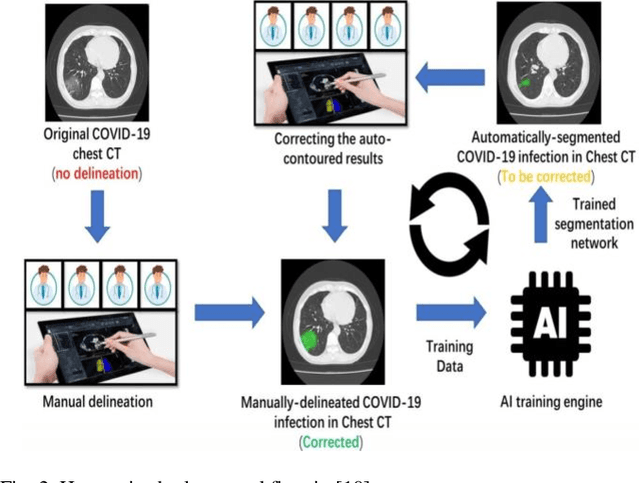

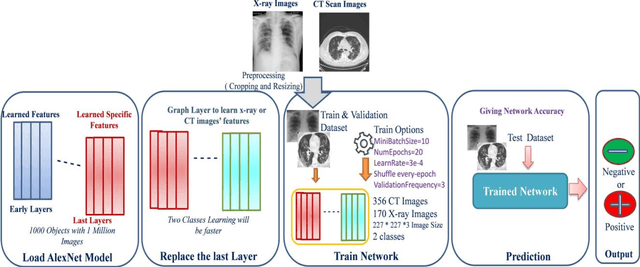
Abstract:COVID-19 (also known as 2019 Novel Coronavirus) first emerged in Wuhan, China and spread across the globe with unprecedented effect and has now become the greatest crisis of the modern era. The COVID-19 has proved much more pervasive demands for diagnosis that has driven researchers to develop more intelligent, highly responsive and efficient detection methods. In this work, we focus on proposing AI tools that can be used by radiologists or healthcare professionals to diagnose COVID-19 cases in a quick and accurate manner. However, the lack of a publicly available dataset of X-ray and CT images makes the design of such AI tools a challenging task. To this end, this study aims to build a comprehensive dataset of X-rays and CT scan images from multiple sources as well as provides a simple but an effective COVID-19 detection technique using deep learning and transfer learning algorithms. In this vein, a simple convolution neural network (CNN) and modified pre-trained AlexNet model are applied on the prepared X-rays and CT scan images dataset. The result of the experiments shows that the utilized models can provide accuracy up to 98 % via pre-trained network and 94.1 % accuracy by using the modified CNN.
A Novel AI-enabled Framework to Diagnose Coronavirus COVID 19 using Smartphone Embedded Sensors: Design Study
Mar 16, 2020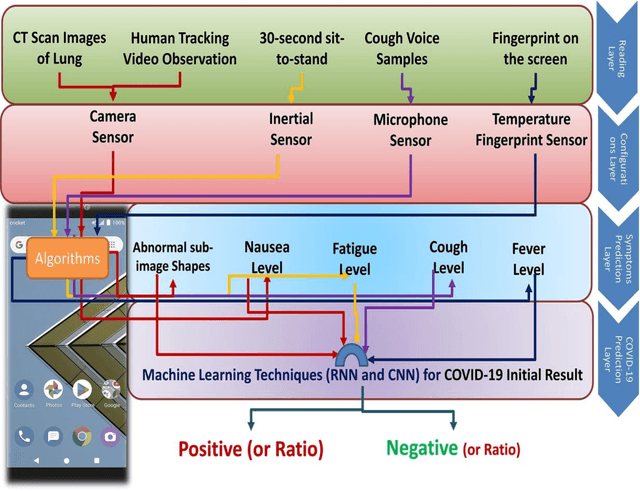
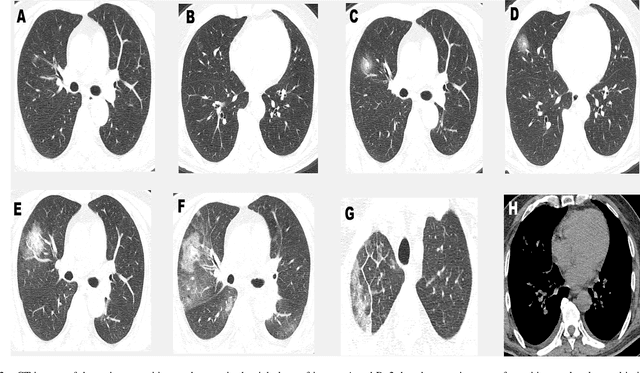
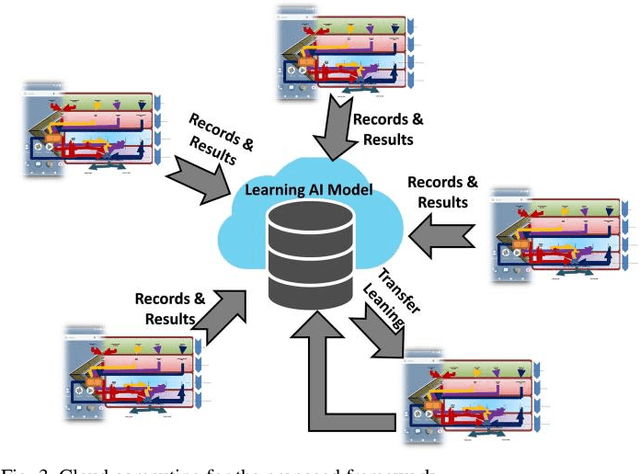
Abstract:Coronaviruses are a famous family of viruses that causes illness in human or animals. The new type of corona virus COVID-19 disease was firstly discovered in Wuhan-China. However, recently, the virus has been widely spread in most of the world countries and is reported as a pandemic. Further, nowadays, all the world countries are striving to control the coronavirus disease COVID-19. There are many mechanisms to detect the coronavirus disease COVID-19 including clinical analysis of chest CT scan images and blood test results. The confirmed COVID-19 patient manifests as fever, tiredness, and dry cough. Particularly, several techniques can be used to detect the initial results of the virus such as medical detection Kits. However, such devices are incurring huge cost and it takes time to install them and use. Therefore, in this paper, a new framework is proposed to detect coronavirus disease COVID-19 using onboard smartphone sensors. The proposal provides a low-cost solution, since most of the radiologists have already held smartphones for different daily-purposes. People can use the framework on their smartphones for the virus detection purpose. Nowadays, smartphones are powerful with existing computation-rich processors, memory space, and large number of sensors including cameras, microphone, temperature sensor, inertial sensors, proximity, colour-sensor, humidity-sensor, and wireless chipsets/sensors. The designed Artificial Intelligence (AI) enabled framework reads the smartphone sensors signal measurements to predict the grade of severity of the pneumonia as well as predicting the result of the disease.
 Add to Chrome
Add to Chrome Add to Firefox
Add to Firefox Add to Edge
Add to Edge